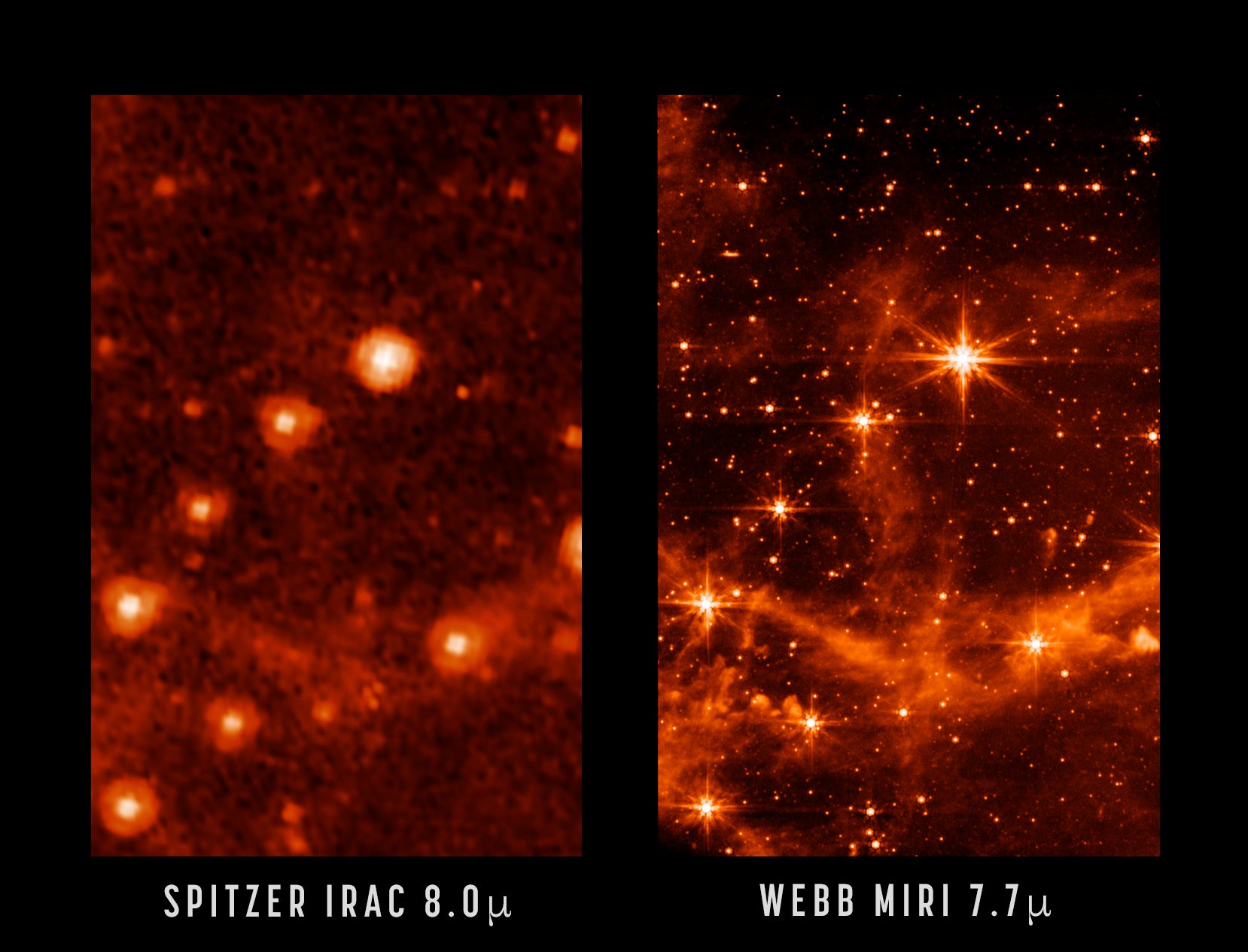Space telescope in home stretch of tests; early pics impress
NASA's new space telescope is in the home stretch of testing

Your support helps us to tell the story
From reproductive rights to climate change to Big Tech, The Independent is on the ground when the story is developing. Whether it's investigating the financials of Elon Musk's pro-Trump PAC or producing our latest documentary, 'The A Word', which shines a light on the American women fighting for reproductive rights, we know how important it is to parse out the facts from the messaging.
At such a critical moment in US history, we need reporters on the ground. Your donation allows us to keep sending journalists to speak to both sides of the story.
The Independent is trusted by Americans across the entire political spectrum. And unlike many other quality news outlets, we choose not to lock Americans out of our reporting and analysis with paywalls. We believe quality journalism should be available to everyone, paid for by those who can afford it.
Your support makes all the difference.NASA's new space telescope is in the home stretch of testing, with science observations expected to begin in July, astronomers said Monday.
The James Webb Space Telescope beamed back the latest test pictures of a neighboring satellite galaxy, and the results are stunning when compared with images taken by NASA’s previous infrared observatory, the Spitzer Space Telescope.
Each of the 18 mirror segments on the new telescope is bigger than the single one on Spitzer.
"It's not until you actually see the kind of image that it delivers that you really internalize and go ‘wow!’” said University of Arizona’s Marcia Rieke, chief scientist for Webb’s near-infrared camera. “Just think of what we're going to learn."
Launched last December, the $10 billion Webb is the largest and most powerful astronomical observatory ever sent into space. It will seek light emitted by the first stars and galaxies close to 14 billion years ago, and keep a sharp lookout for possible signs of life.
Scientists are keeping the identity of Webb's first official target a secret.
Positioned 1 million miles (1.6 million kilometers) from Earth, Webb is considered the successor to the aging Hubble Space Telescope.
___
The Associated Press Health and Science Department receives support from the Howard Hughes Medical Institute’s Department of Science Education. The AP is solely responsible for all content.